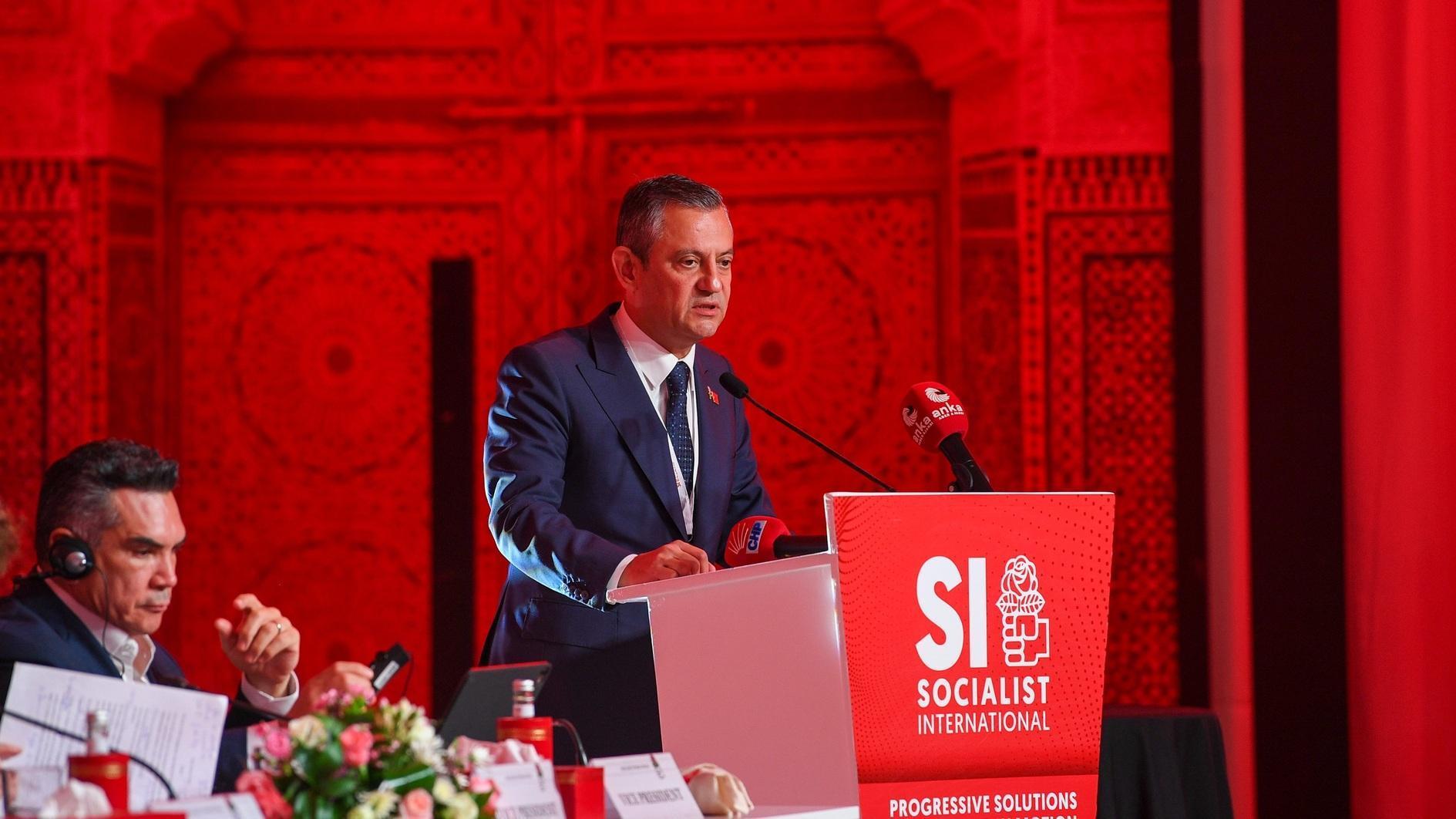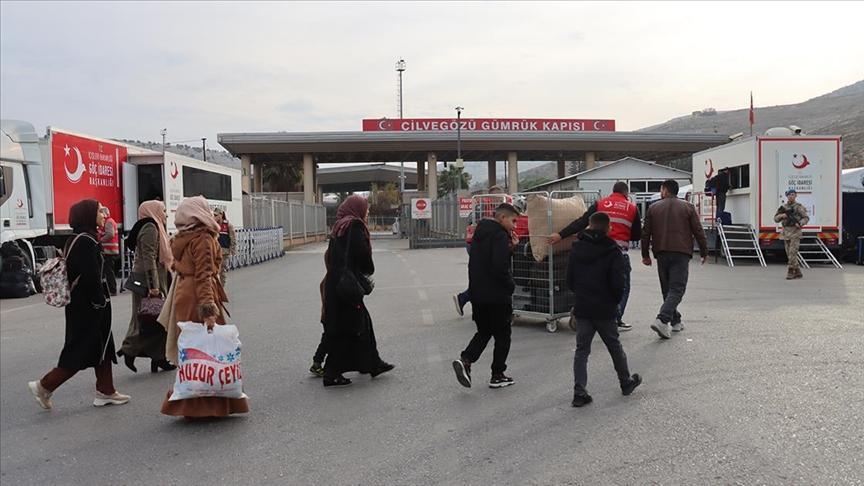The real coalition versus the fictional coalition
Since the foundation of a “core coalition” including Turkey was announced at the NATO Summit last week, we are all wondering what this “coalition” means, what its mission will be and what is expected from Turkey.
My reply would be as simple as it gets: This is not what it looks like at all.
When some European Union countries fell into economic crisis, the economically strong ones got worried that it would jeopardize the union’s survival. Hence, some suggested a formula titled “concentric circles.” Accordingly, countries strongly integrated with the EU would be in the inner circle while countries with a lower degree of integration would be in the outer circle.
This is exactly the shape of the “coalition” that the U.S. is trying to form today. The center is the U.S. However, it is not the “core coalition” announced last week that represents the inner circle - not Britain, France, Germany, Italy, Poland, Denmark, Australia, Canada and Turkey. If there is any real “coalition,” it is the Iraqi government, Kurdish peshmerga and the Shiite militia supported by Iran, since these are the only forces fighting on the ground. This is why the U.S. is helping Baghdad and Arbil militarily and works in close coordination with Iran.
The members of the “core coalition” announced last week and Arab countries are far from the center, since none of them accepts taking part in any military operation. Western countries have made this public several times. The same is true for the regional powers that gathered in Jeddah on Thursday and announced a joint statement. They were generous in their promise for humanitarian and logistical support, but they were quite stingy for military support. The message was clear enough: “Only logistical support in the military campaign.”
So why does the U.S. put forward these countries as part of the “coalition”? Because it wants to prevent the perception that this is an anti-Sunni operation. In other words, Sunni countries are dressing the window. Furthermore, Gulf countries have strong links with the Sunni tribes in Iraq and Syria, so they are expected to help withdraw Sunni support from ISIL and build up Sunni tribal forces to fight against the terrorist organization. Last but not least, the U.S. is trying to create the perception that it is able to form the broadest alliance possible.
Gulf countries, on the other hand, have already started providing logistical support. Saudi Arabia agreed this week to provide a base for training moderate Syrian rebels. Furthermore, since Aug. 8 one third of the U.S. aircraft in Iraq were launched from their aircraft carrier in the Persian Gulf named George H.W. Bush and the remainder from the airbases in Qatar. Bahrain, Kuwait and the United Arab Emirates will also provide their bases and ports for use as they did before.
Jordan and Egypt are also expected to put their airfields and bases at the disposal of U.S.-led forces and share intelligence. Turkey is the furthest country from the center. Ankara declared on Thursday that it would stay away from the “core coalition” and give only “passive contribution.” This assured that the Incirlik base would be used only for humanitarian and logistical support. The fact that Turkey did not sign the joint statement after Jeddah summit underlined this message.
The most critical question is: What about Syria? President Obama slid over this issue by saying “Assad will never regain the legitimacy he has lost.” However it will be too complicated to launch airstrikes in Syria without his approval. Not only him, but Iran and Russia are also strongly opposing it. Moreover, the U.S. needs logistical support from the regime as well. Last but not least, the weakening of ISIL in Syria would strengthen al-Assad’s position.
In short, al-Assad - who seems to be completely out of the circles right now - may find himself in the very inner circle soon. Not a big deal. The members of the real “core coalition” in that circle are not made public anyway. Isn’t it so?











